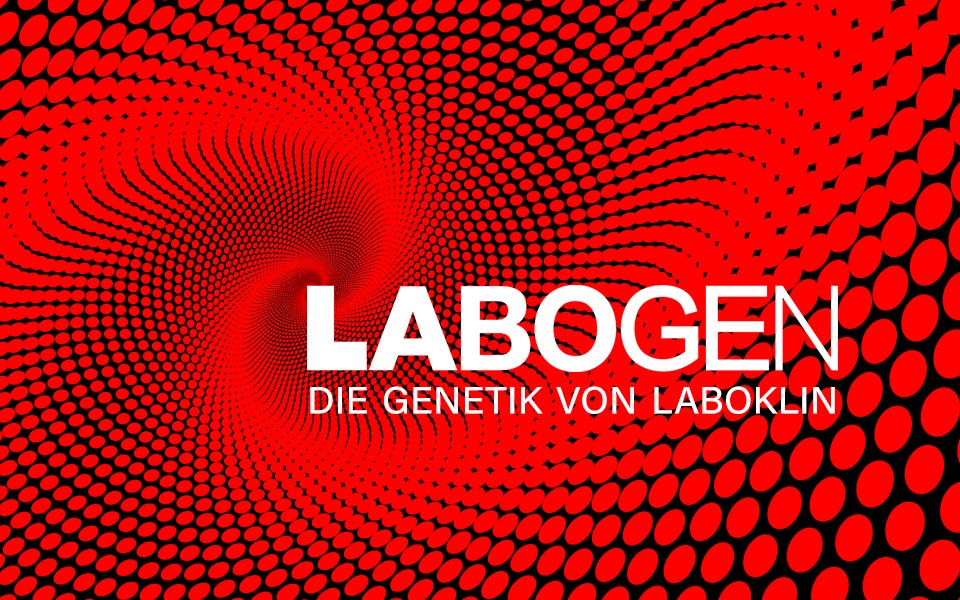Gliedergürteldystrophie (LGMD)
Limb-Girdle Muscular Dystrophy (LGMD)
General description
Limb-Girdle Muscular Dystrophy (LGMD) affected dogs show clinical signs like exercise intolerance, stiff gait, progressive weakness, myoglobinuria, as well as variable dysphagia and pneumonia. Markedly and persistently elevated serum creatine kinase activities can be measured in blood examinations. The symptoms appeared in young adult animals, approximately starting at the age of 7-17 months.
Breeds
Dachshund (Dackel)
Order details
| Test number | 8863 |
| Abbreviation | LGMD |
| Sample material | 0.5 ml EDTA blood, 2x cheek swab, 1x special swab (eNAT) |
| Test duration | 7-14 working days |
Test specifications
| Symptom complex | muscular |
| Inheritance | autosomal recessive |
| Age of onset | 7-17 months |
| Causality | causally |
| Gene | SGCA |
| Mutation | G-A |
| Literature | OMIA:002305-9615 |
Detailed description
A mutation in the sarcoglycan alpha subunit (SGCA) gene leads to Limb-Girdle Muscular Dystrophy (LGMD) in the breed Dachshund. Affected dogs show clinical signs like exercise intolerance, stiff gait, progressive weakness, myoglobinuria, as well as dysphagia and pneumonia. Markedly and persistently elevated serum creatine kinase activities can be measured in blood examinations. The symptoms appeared in young adult animals, approximately starting at the age of 7-17 months. Muscle biopsies were dystrophic and immunostaining and western blot analysis of alpha, beta, and gamma-sarcoglycans indicated sarcoglycanopathy, a form of limb-girdle muscular dystrophy.




